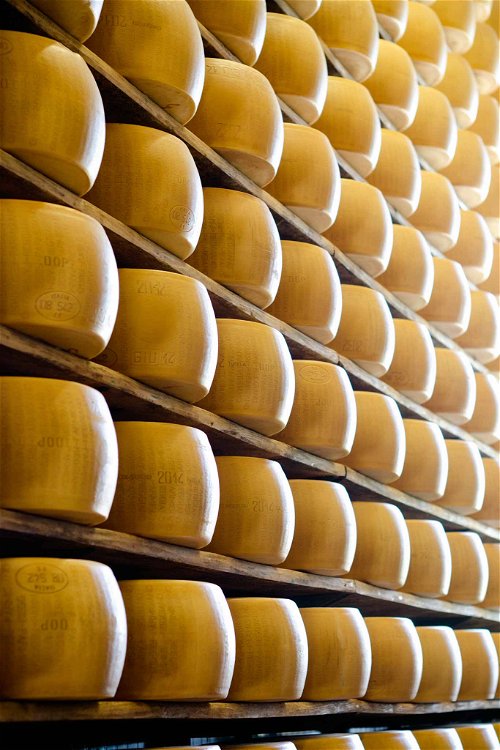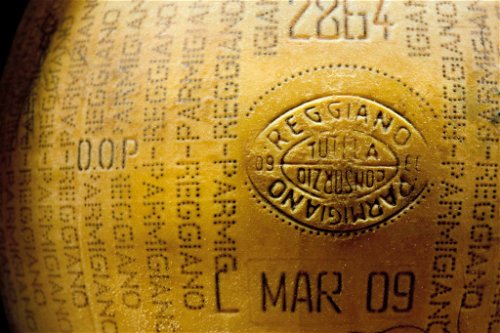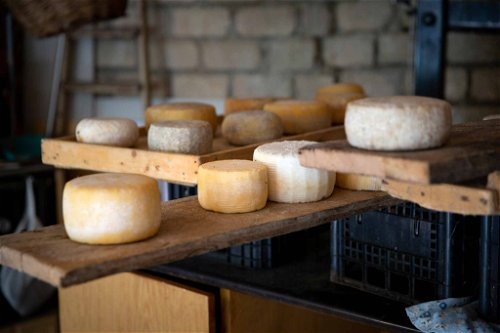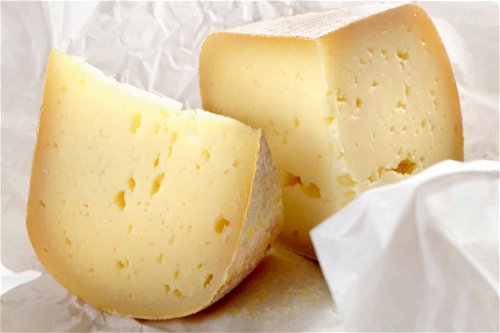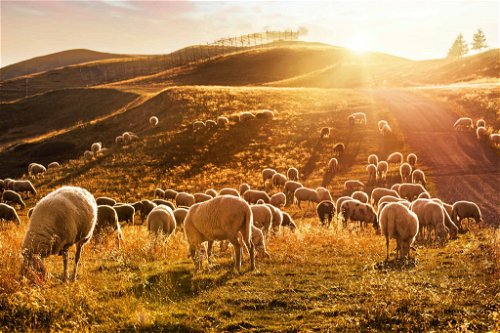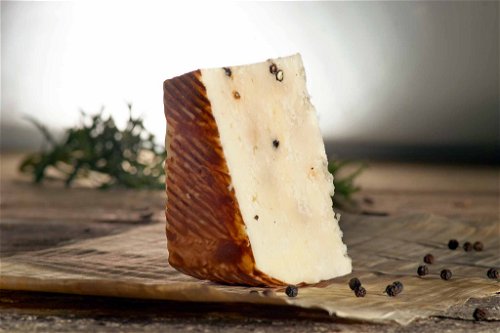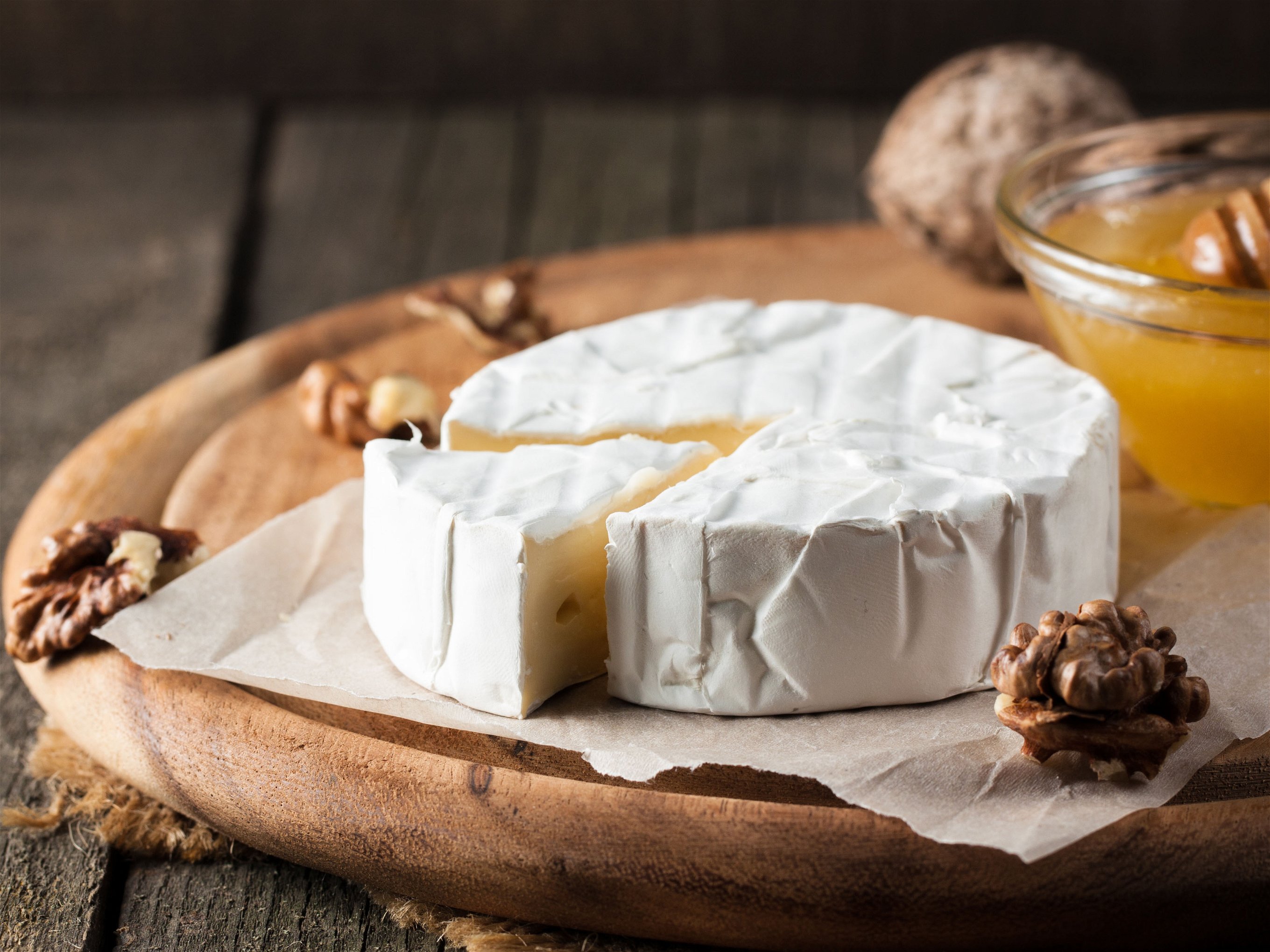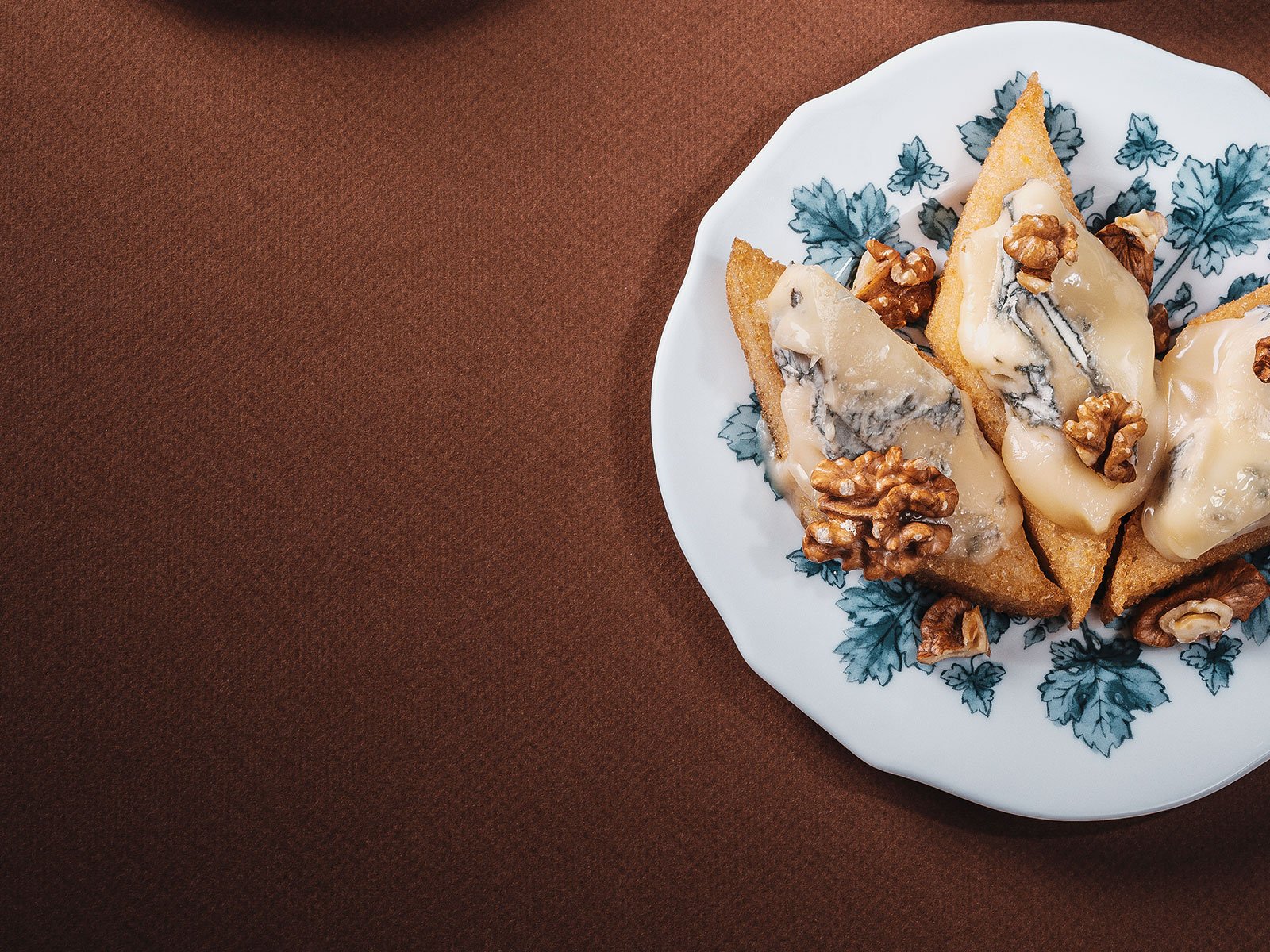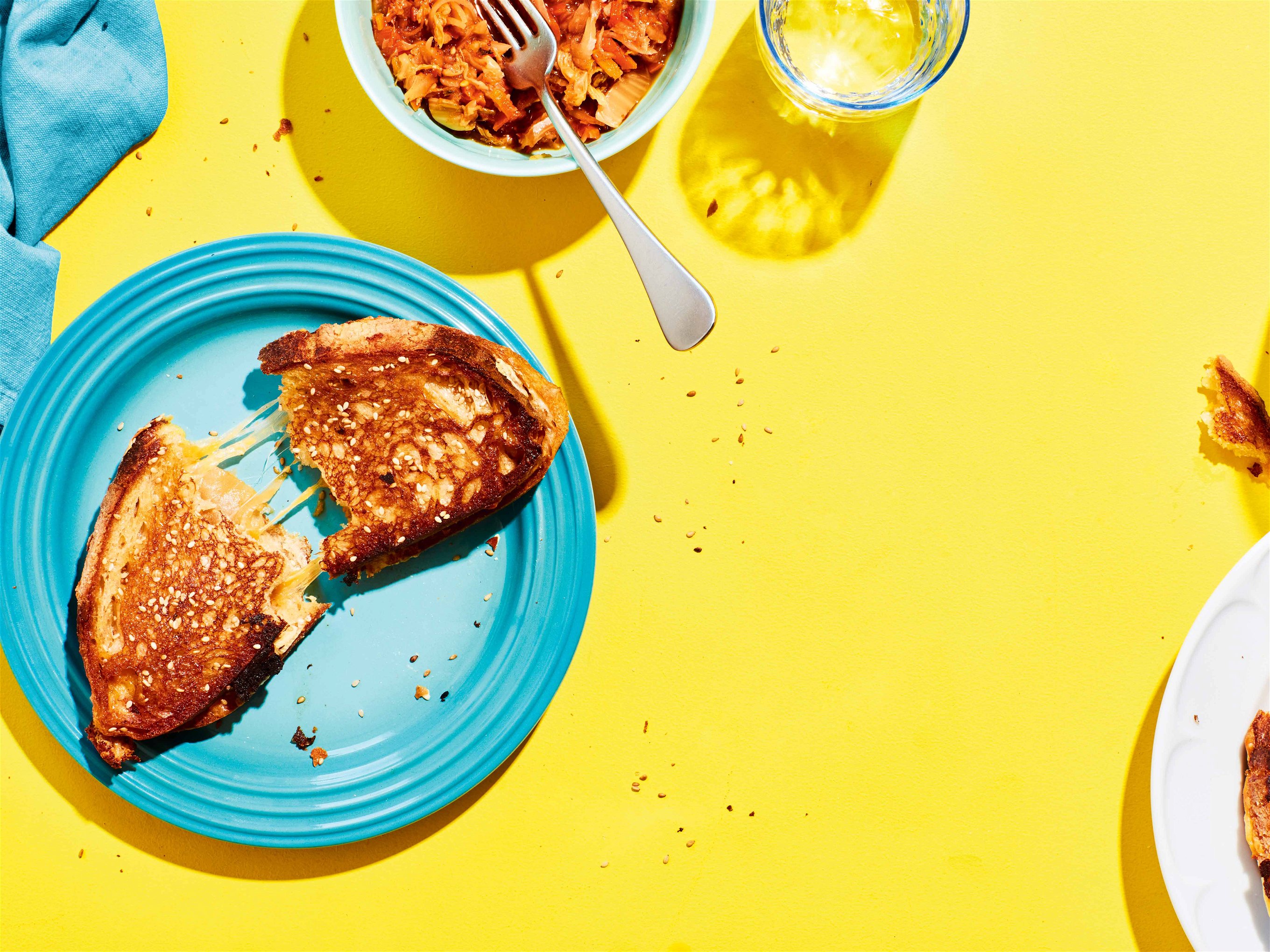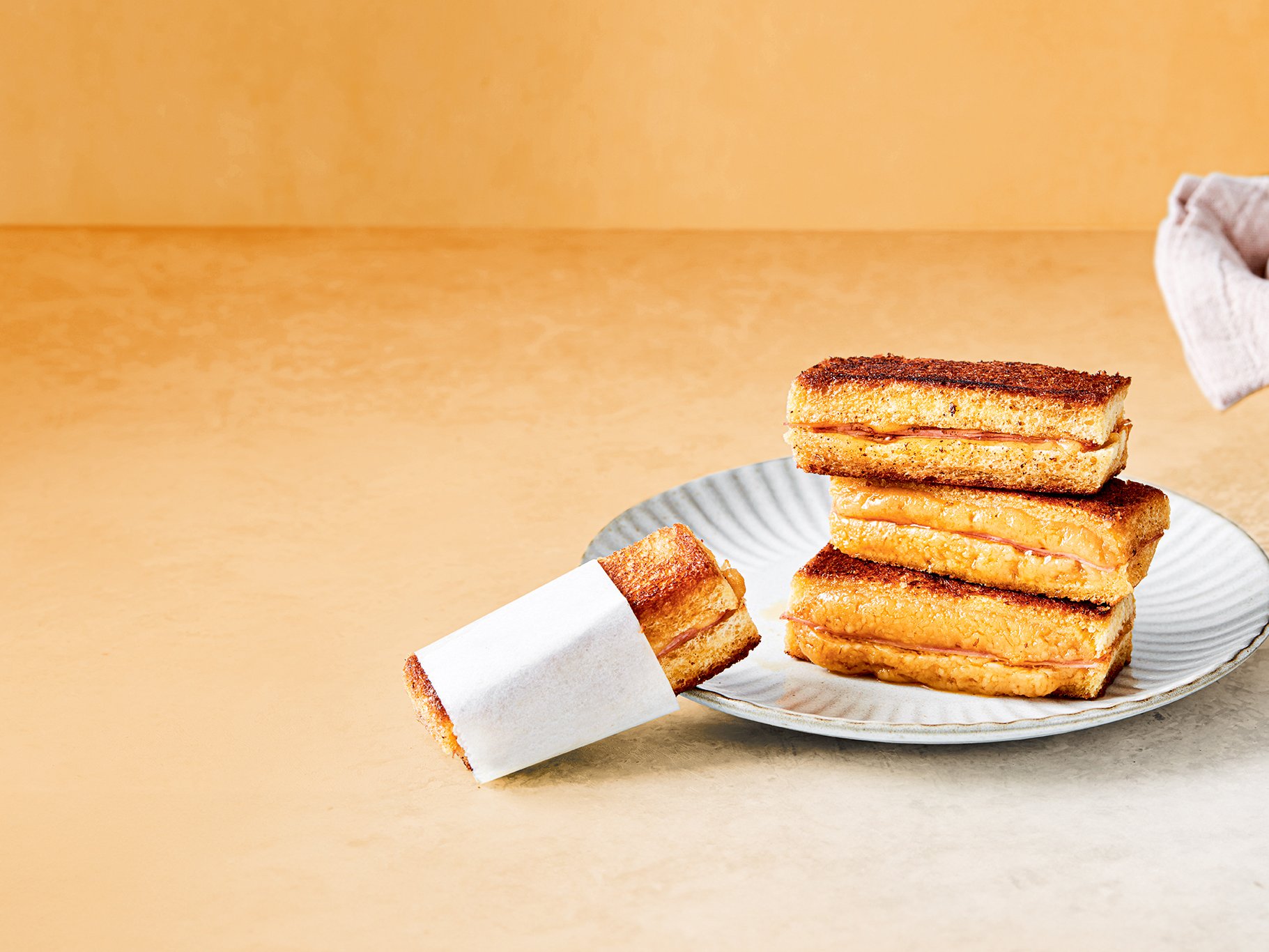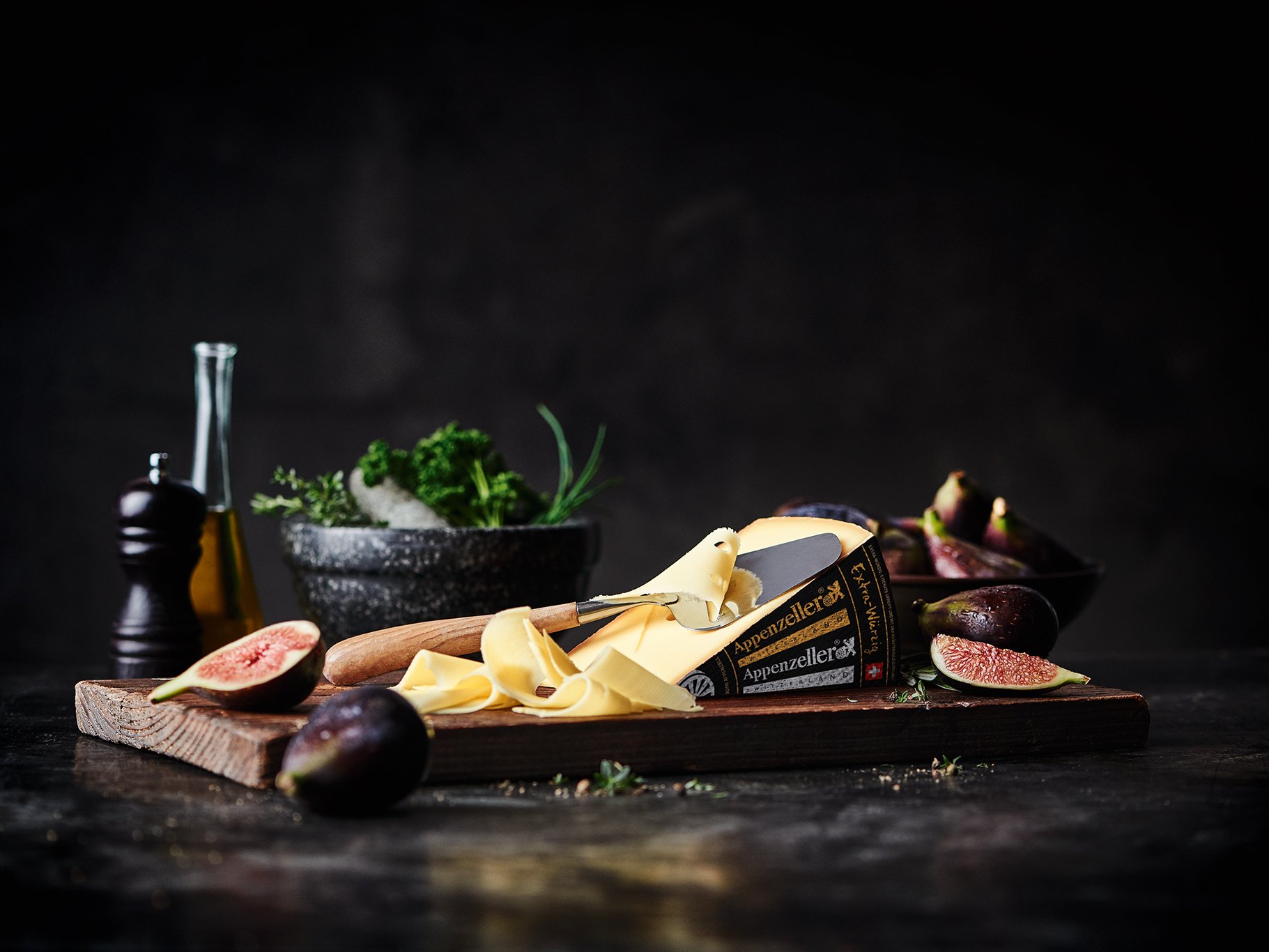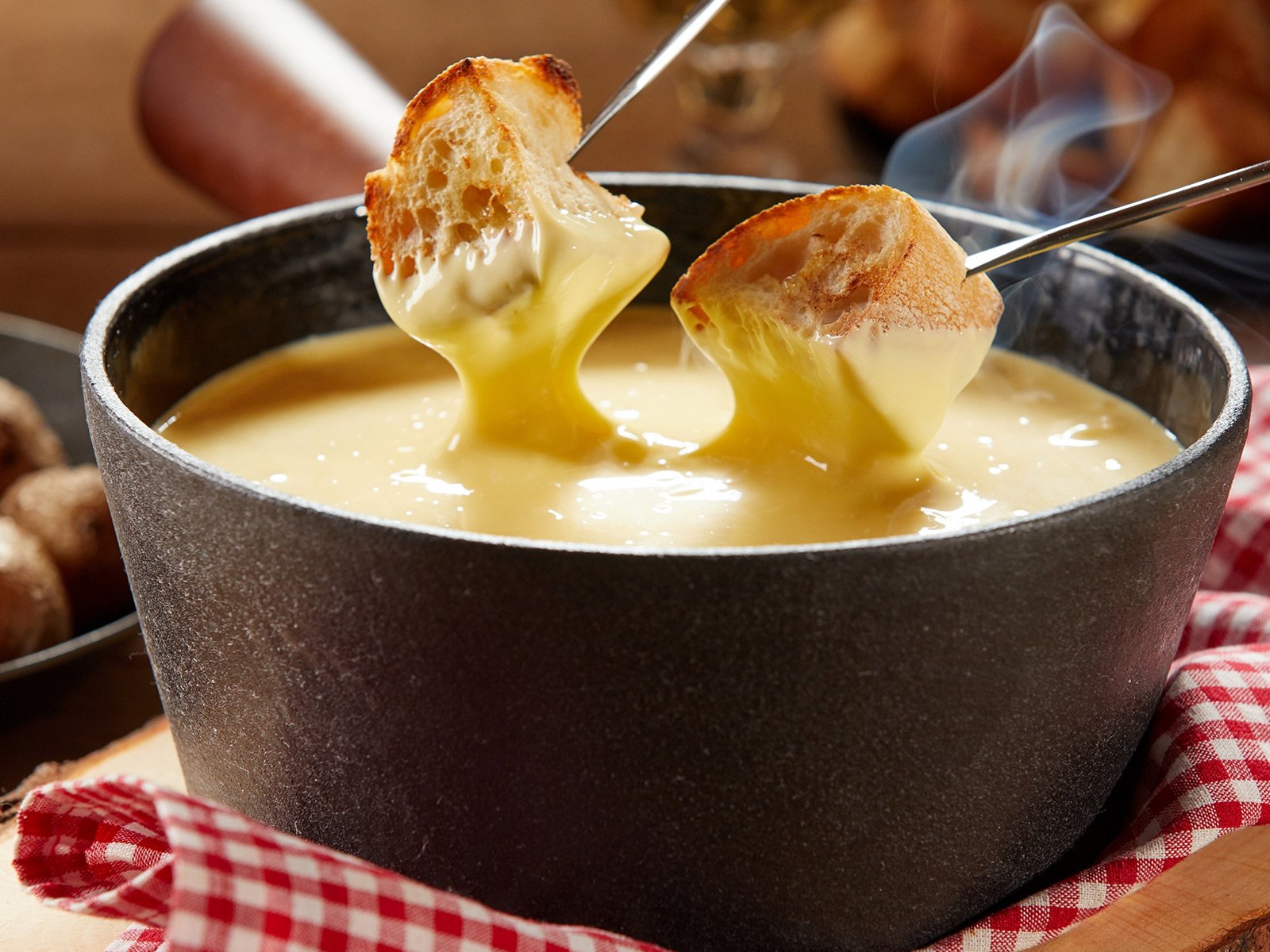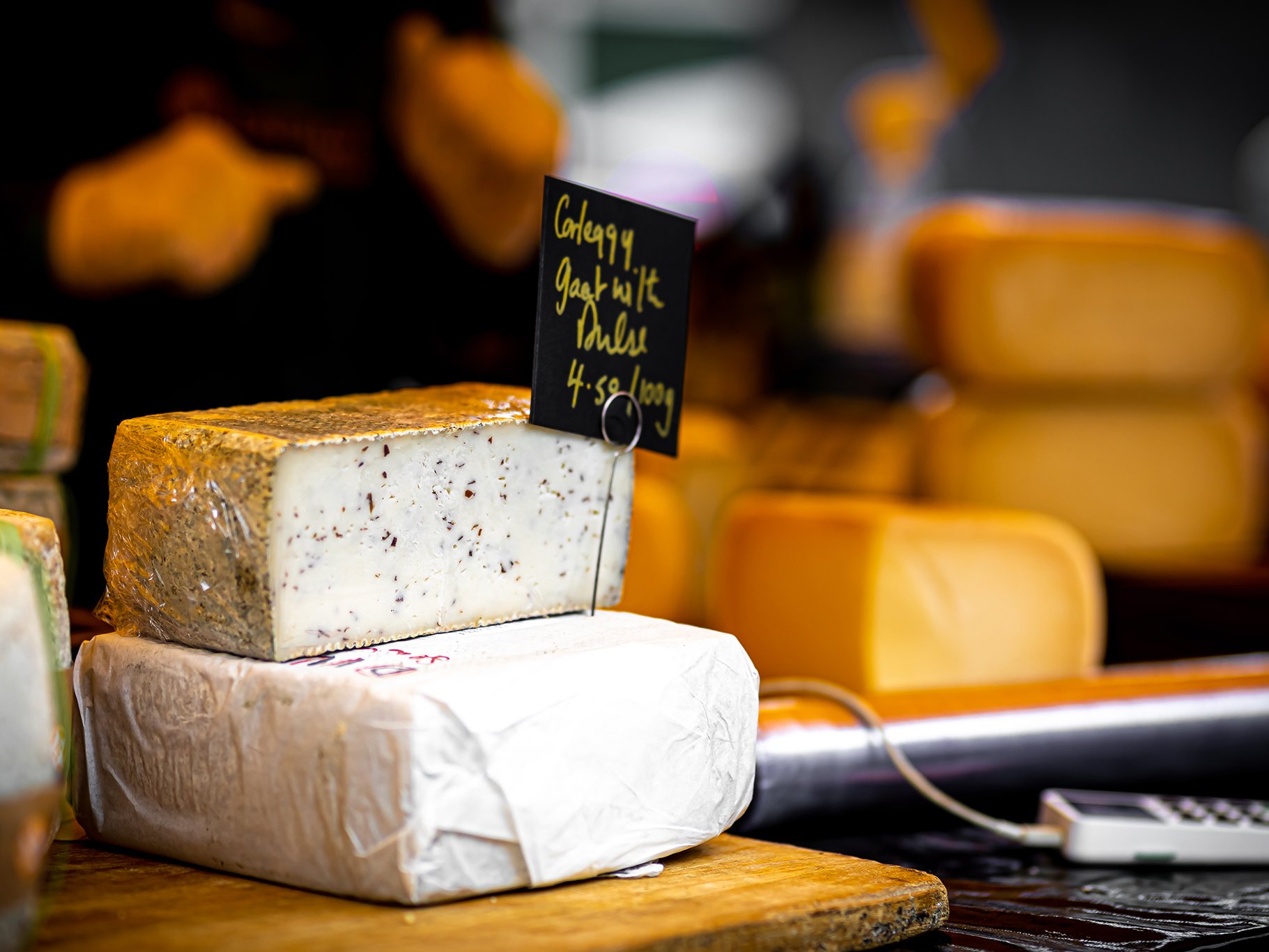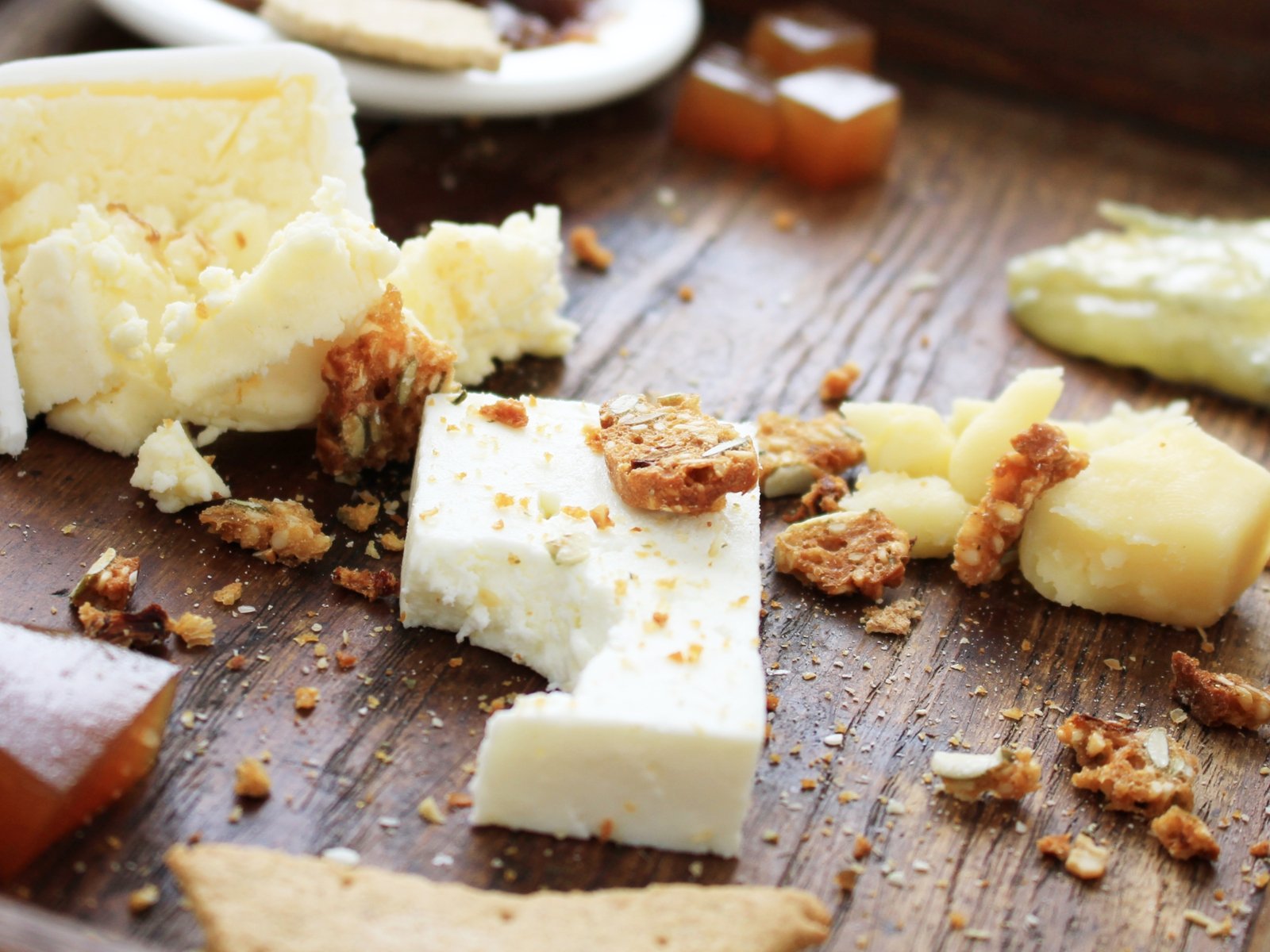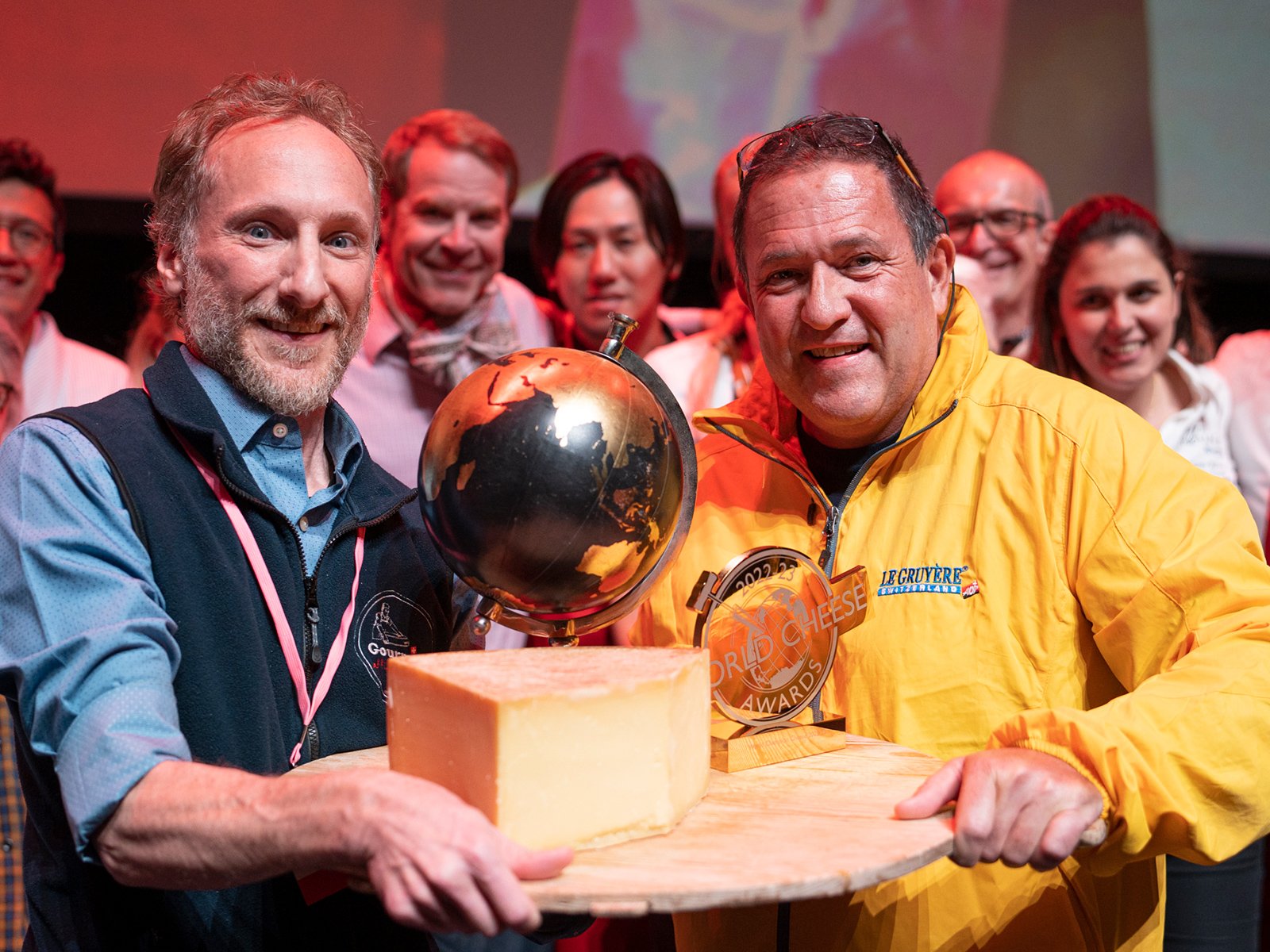Parmesan, Grana, Pecorino and Co. – Ideal for Grating over Pasta
Grated Italian hard cheeses and pasta are as inseparable as the Colosseum and Rome. But don’t stop at Parmigiano Reggiano: Italy boasts various hard cheeses that are ideal for pasta.
Not only is it the most famous hard cheese in the world, it is also grated over all kinds of pasta more often than any other cheese: Parmigiano Reggiano, made from cow's milk, is the cheese that goes hand in hand with Italian pasta.
Other well-known hard cheeses are used in the same fashion: Grana Padano from the Po Valley, Trentingrana from Trentino and Pecorino, made from sheep's milk in various regions of Italy.
But there is more choice when it comes to sprinkling cheese over your pasta: Italy also boasts other, more exotic hard cheeses eminently suited to being grated: Carmasciano made from sheep's milk in Campania, for example, or Caprino a latte crudo made from goat's milk in Sardinia. These cheeses, often just used in specific regions, are far less common outside Italy. Italian cuisine is ultra-regional, with dishes differing not only from region to region but sometimes from village to village – it is only natural that the cheese should be different, too.

The King of Cheeses
Parmigiano Reggiano clearly is the king of Italian cheeses. According to the DOP regulations, it may only be produced in the provinces of Parma, Reggio Emilia, Modena and Bologna, as well as west of the river Reno and east of the river Po. Production is supervised by the Consorzio del Formaggio Parmigiano Reggiano. In total, there are 330 dairies using the milk of more than 2800 dairy farmers, resulting in a production of around 3.7 million wheels a year.
Although the cheesemaking process is extremely complex, the production method is centuries-old. Historical sources from Benedictine and Cistercian monasteries in Parma prove that the cheese has been produced in an almost unchanged fashion for around 900 years. Only cow's milk, natural rennet and salt are used to make genuine Parmigiano Reggiano. No less than 550 litres of milk are required per wheel.
In the dairy, the milk is left for some time so the cream rises to the top and can be skimmed off. Then freshly milked whole milk is added to the skimmed milk. The mixture is heated to 33 degrees Celsius, only then is rennet, an enzyme from calves' stomachs, added by the master cheesemaker. This makes the milk curdle. The curd can then be broken up into a grainy mass. Hence the name "grana" (grain). The smaller the grains, the harder the cheese will be later. However, quality and taste also depend on the maturation period: Parmigiano Reggiano matures for a maximum of 72 months, but young Parmesan is matured for less than 18 months. In terms of appearance and production, Grana Padano differs only slightly from Parmigiano Reggiano, it is the area of origin that is completely different.
The Grana Family
Grana Padano is produced almost all over the Po Valley - as far north as Trento. The towns of Lodi and Codogno still argue about the origin of this cheese. Grana Padano has a distinct but never too sharp a taste. Its maturation period, accordingly, is thus only twelve to 36 months. Trentingrana also belongs to the Grana family but originates in Trentino. It, too, is controlled by the Grana Cheese Regulatory Board, but is allowed to use the "Trentino" logo embossed on its rind. This is a guarantee of regional production, but the production method does not really differ from Grana Padano.
The Diversity of Pecorino
Pecorino, made from sheep's milk, is one of Italy’s classic hard cheeses also known outside the country. It is made in various regions, the best-known exponents being Pecorino Romano, Pecorino Sardo, Pecorino Siciliano and Pecorino Toscano.
Pecorino Romano originated in the Lazio region and the production method passed on to other regions over time. Pecorino Romano is also produced in Sardinia and Sicily; thus the appendage "Romano" is a reference to its production method. Pecorino is made from raw (unpasteurised) milk, with rennet from kid and lamb stomachs added to the heated milk to make it curdle. For some cheaper versions, cow's milk is added but pure sheep's milk versions can be recognised by the designation tutto di latte di pecora. The actual Sardinian pecorino, or Pecorino Sardo, is made from Sardinian milk only.
Sardinia has a population of over seven million sheep and most of their milk is used for Pecorino Sardo. It is available in a mild and a matured version and only the matured cheese can be grated. Pecorino Siciliano’s history dates back to Greek antiquity. The best cheeses must be matured for at least four months. Pecorino Siciliano can also be recognised by the addition of whole peppercorns. In Sicily, it is mostly used for pasta dishes such as Maccheroni al sugo or Bucatini alla contadina.
That leaves the Tuscan variety of pecorino. The designation Pecorino Toscano encompasses all Pecorino production in Tuscany, although the cheese variants differ greatly, partly because of the respective local conditions, but also because of the types of milk and production methods used.
Specialities for Insiders
Among the lesser-known specialities are varieties such as Caprino a latte crudo, a hard cheese from Sardinia made from raw goat's milk. This savoury cheese is not only popular on the island, but also used outside Sardinia for various pasta dishes.
Pecorino Bagnolese, a pecorino variety from Campania, is one of the hard cheeses with a strong and sharp aroma that is less well-known outside Italy. It matures for several years and is not only ideal as a grated cheese for pasta: it goes well with bold, strong red wines as an after dinner cheese course.
Finally, Carmasciano, a hard cheese with a pervasive and intense aroma and a rather sharp taste, also originates in Campania. Longer matured varieties are often used as grated cheese in the region. But this requires a delicate hand: Carmasciano is intense enough to ruin pasta with a more delicate sauce. The right amount, however, will be the crowning glory of the dish.

